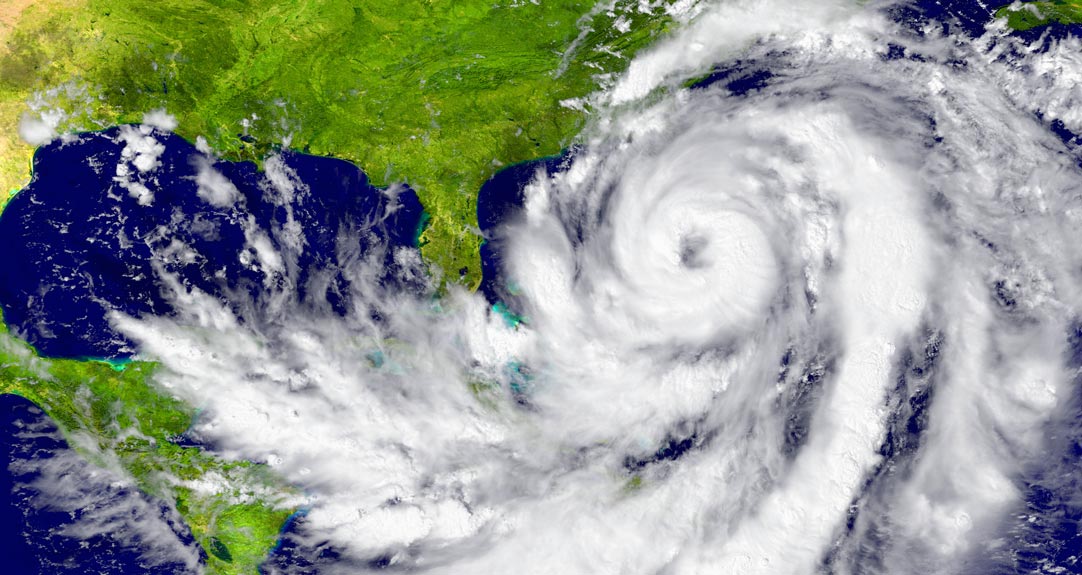Defining and Understanding Climate Change for Actuaries
Research on climate change and extreme weather August/September 2017With the year more than halfway over, I’m excited to mention the progress made with research on climate change and extreme weather. The Society of Actuaries (SOA), along with researchers, our volunteering membership and several actuarial organizations, continues to build upon this body of knowledge. It’s important to continue providing these actuarial perspectives, especially as it pertains to insurance challenges and new ways to look at and resolve these issues.
I encourage you to read up on this topic. Check out the recent research sponsored by the Climate and Environmental Sustainability Research Committee, one of the newest practice research committees of the SOA. The author, Mark E. Alberts, FSA, MAAA, explores climate and environmental sustainability research of interest to actuaries. As part of this project, he developed the Climate Sources for Actuaries Resource Index, a repository to inform future environmental research programs. In particular, this project provides indices for research reports, magazine articles and other reading materials, along with presentations and webpages of interest.
Good Research Reads
VALUATION REPORTS AND TABLES
Access a variety of valuation materials for use by actuaries. There is a wide range of resources, including relative risk tools, tables and more.
DISCOUNT RATE SENSITIVITIES IN PENSION PLANS
The SOA and the CIA developed a research report on the relationship between discount rates and pension liabilities. The report examines demographic characteristics of pension plans, and other factors, to establish simple rules for estimating liability over a wide range of discount rates. Canadian Pension Actuary Doug Chandler, FSA, FSIA, discusses the report Discount Rate Sensitivities in Pension Plans in his recent podcast. His research examines the means of assessing discount rate sensitivity. Access the report and listen to the podcast.
RESEARCH FOCUSES ON PARAMETER UNCERTAINTY
Sponsored by the CAS, the CIA and the SOA Joint Risk Management Section and the Joint Risk Management Research Committee, this study examines and describes parameter uncertainty. The research provides structures to incorporate parameter uncertainty in quantifying risk and illustrates the application through case studies.
Additionally, we developed a report to help answer the questions surrounding data sets, analysis and discussion of sources on climate change, environmental risks and severe weather. This report aims to expand the conversation about climate science and helps prepare us to understand what we as actuaries may be able to do to help. The researcher references 36 different sources on a variety of topics, from basic climate science and insurance regulations to public- private partnerships and climate risk management. As the researcher Robert J. Erhardt, Ph.D., A.C.A.S., notes, “One purpose of this report was to provide concise summaries of excellent sources that could be just the thing a company or risk manager needed to address a current business problem.”
I also want to share important updates on the Actuaries Climate Index. The organizations working on the index—including the SOA, the American Academy of Actuaries (the Academy), the Canadian Institute of Actuaries (CIA) and the Casualty Actuarial Society (CAS)—released the fall 2016 data, which was the highest seasonal level recorded data for the United States and Canada combined. This fall 2016 index data was 2.07, and the current five-year moving average is 1.07, the highest level recorded for that measure. The fall 2016 data reflects a continued pattern of increased frequency of extreme weather, with high temperatures being the most significant contributor to the increase.
Through the Actuaries Climate Index, we noted how elevated values in the temperature component are helping drive the index higher, particularly in the Northwest Pacific (British Columbia and Yukon Territory) and Southwest Pacific (Arizona, California, Colorado, New Mexico, Nevada and Utah) regions. These regions currently reflect their highest five-year average values, with both experiencing five seasons in the last five years with temperature component values of more than 3.00.
In addition, I want to share a brief update about the continued work from the SOA and the participating organizations as we continue to develop the Actuaries Climate Risk Index. It will measure correlations among changes in the frequency of extreme events as measured by the index and economic losses, mortality and injuries. Stay tuned.
Related Links
Climate, Weather and Environmental Sources for Actuaries

